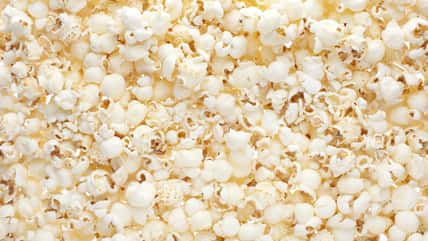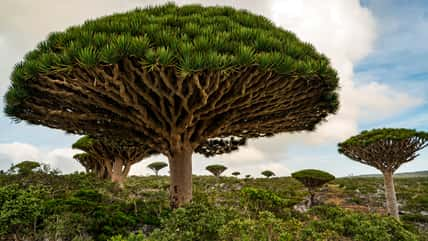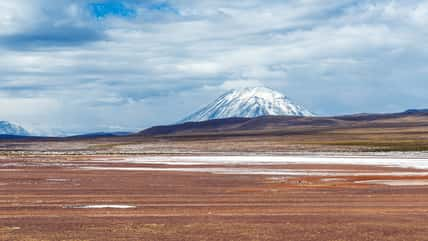Rare Yellow Crystals Made Of Pure Sulfur Have Been Found On Mars, But They Shouldn’t Be There

When NASA’s Curiosity rover ran over a rock on Mars, crushing it with its tires, the incident revealed an abundance of super rare sulfur crystals. The yellow crystals have never been seen on the Red Planet before.
The rover had been exploring Gediz Vallis, a channel that winds down the slopes of Mount Sharp in the center of Gale Crater, on May 30.
That’s when it accidentally drove over a small rock and cracked it open. Through the rover’s cameras, scientists observed yellow crystals among the broken pieces of rock.
The crystals were too delicate for the rover to handle. But after it drilled into another rock nearby, it found that the crystals were made of pure sulfur.
Previously, sulfur had been identified on Mars. However, it was combined with other elements in compounds that are known as sulfates.
Until now, pure sulfur had never been detected on the Red Planet. Scientists had suspicions that pure sulfur existed somewhere on Mars but did not expect to find it inside surface rocks.
It is unclear what kind of relationship the pure sulfur has with the other sulfur-based minerals in the area.
Photographs of the surrounding area show that similar crystals are scattered on the ground around these rocks.
The presence of yellow crystals could not be confirmed in any other rocks, but the scientists were confident that sulfur could be found in them as well.

artmim – stock.adobe.com – illustrative purposes only
“Finding a field of stones made of pure sulfur is like finding an oasis in the desert. It shouldn’t be there, so now we have to explain it,” said Ashwin Vasavada, a Curiosity rover project scientist at NASA’s Jet Propulsion Laboratory.
“Discovering strange and unexpected things is what makes planetary exploration so exciting.”
The Curiosity rover landed on Mars in 2012. It has been ascending the base of Mount Sharp, which is three miles tall, since 2014. Each layer of the mountain signifies a different era in Martian history.
Curiosity aims to discover when and where the planet’s terrain could have provided nutrients to support the possible formation of microbial life.
Since October 2023, the rover has been exploring Gediz Vallis, a region that is rich in sulfates. Gediz Vallis was spotted from space years before Curiosity was launched.
Aside from the yellow crystals, the rover has found other interesting rocks of note in the area over the years.
In February, it captured images of the remnants of “waves” that Martian water had carved into an ancient lakebed millions of years ago.
Then, in May, the rover came across rocks containing manganese oxide. So far, this discovery serves as the best evidence yet that Mars once had an atmosphere that was rich with oxygen and resembled the one we have on Earth.
Sign up for Chip Chick’s newsletter and get stories like this delivered to your inbox.
More About:News





